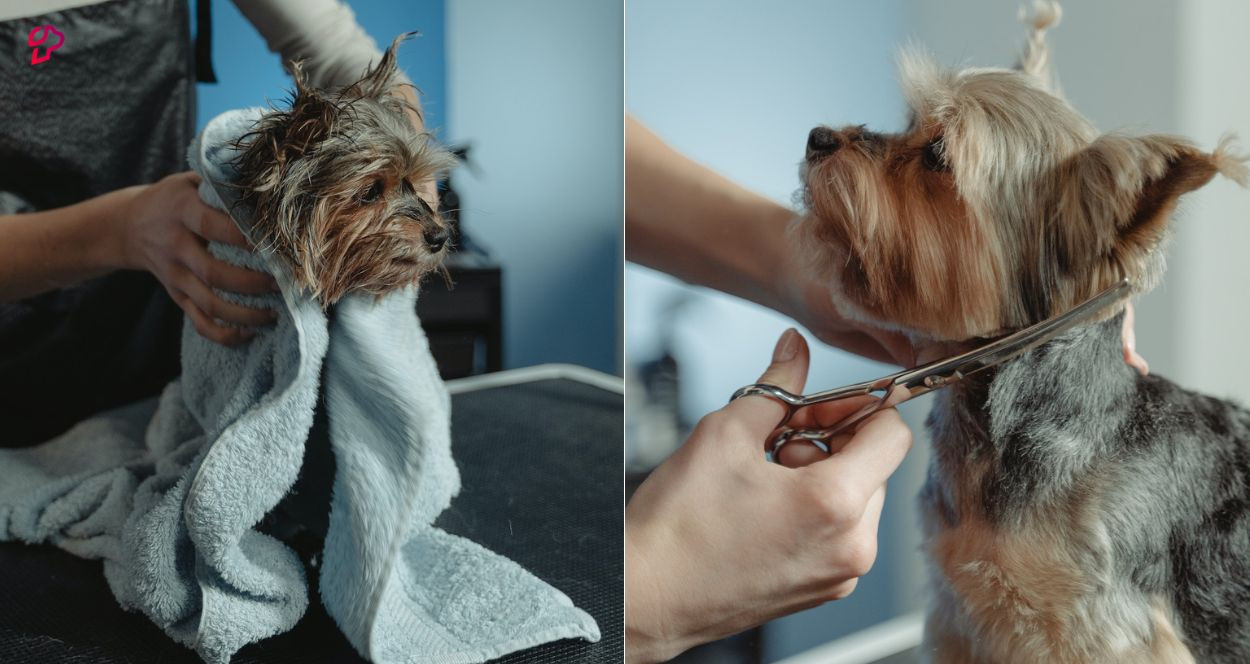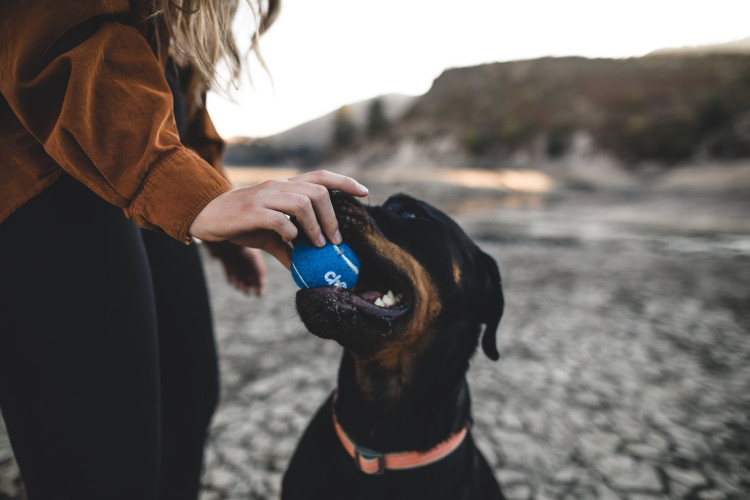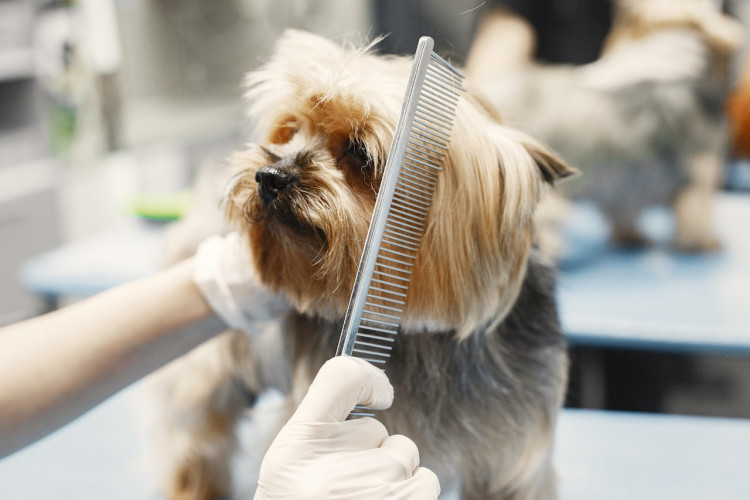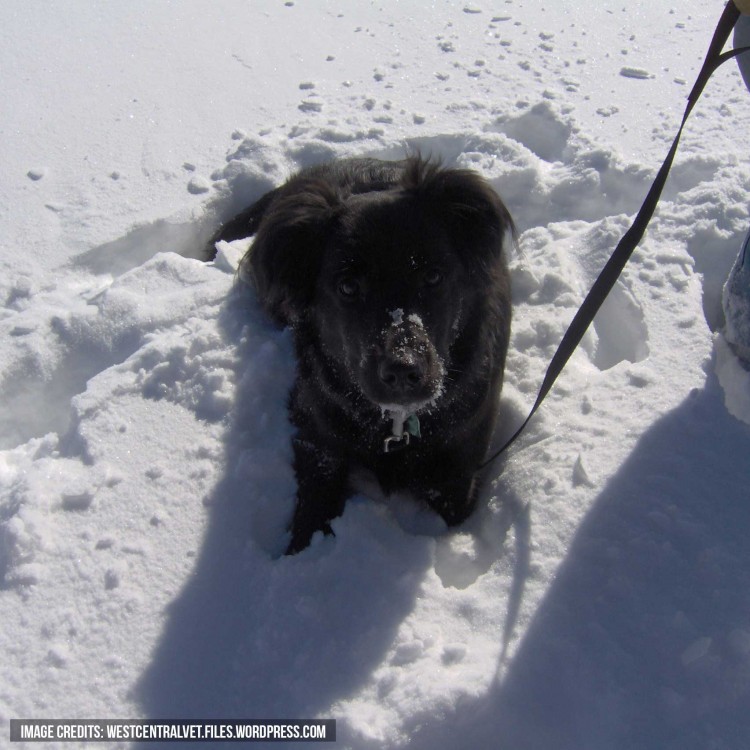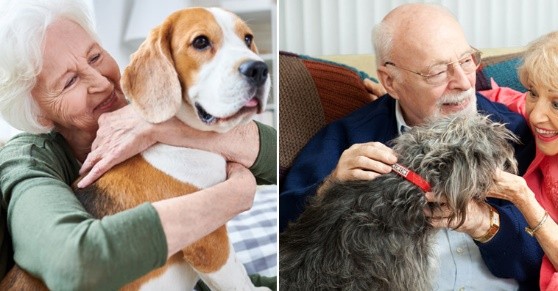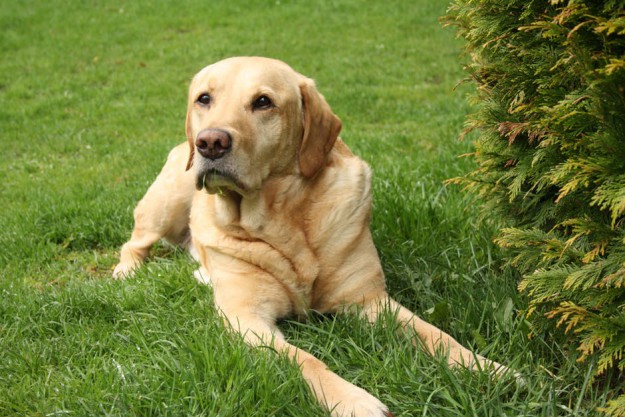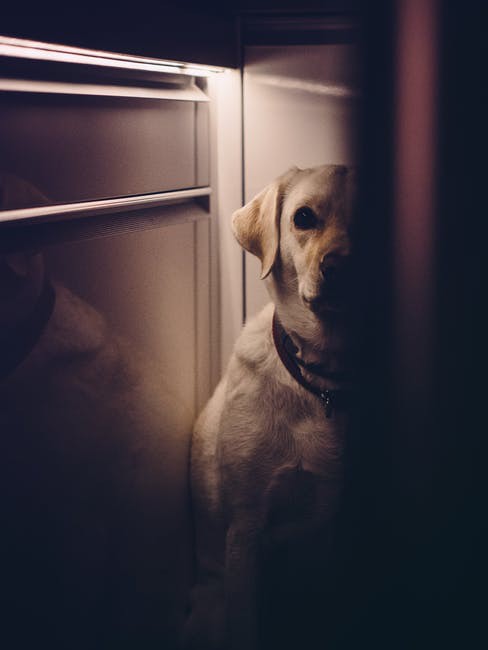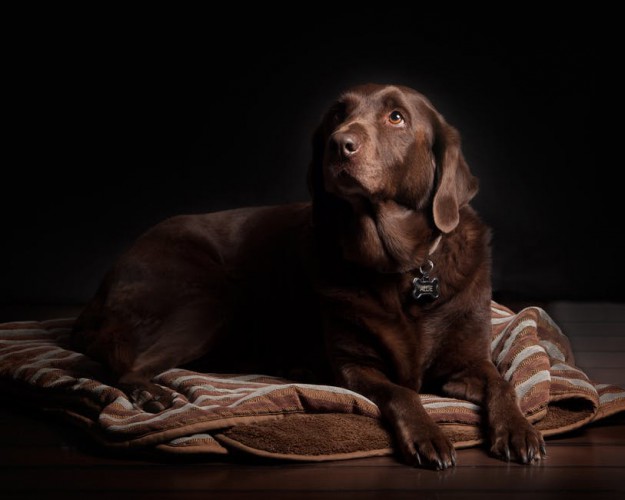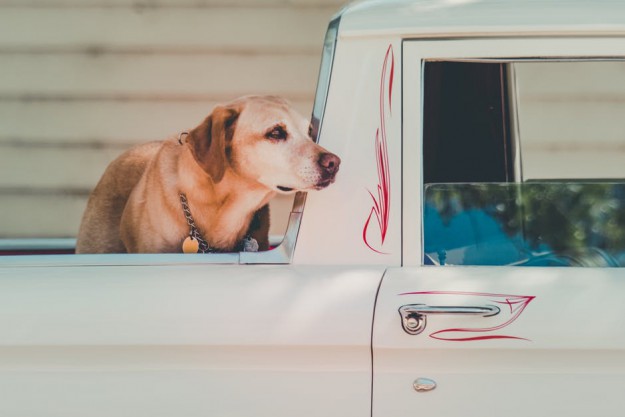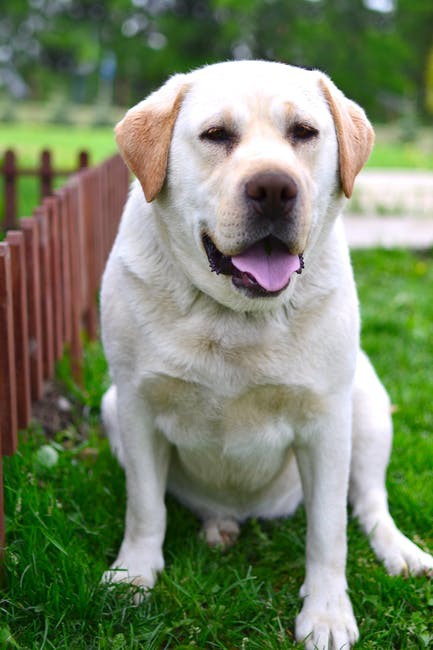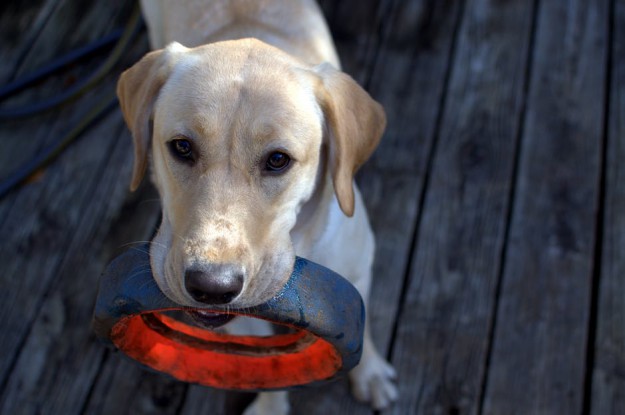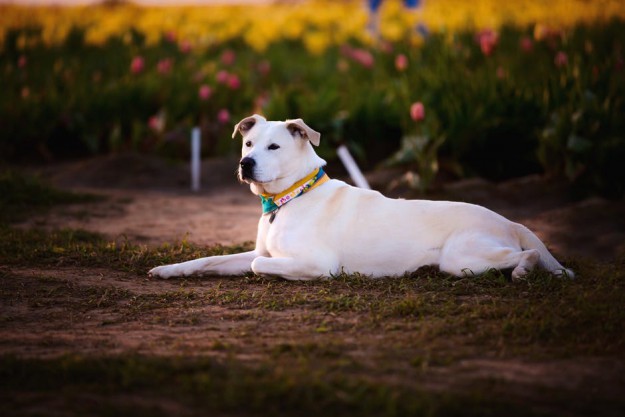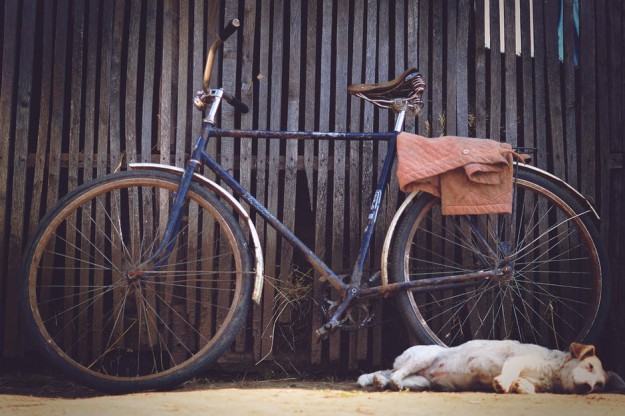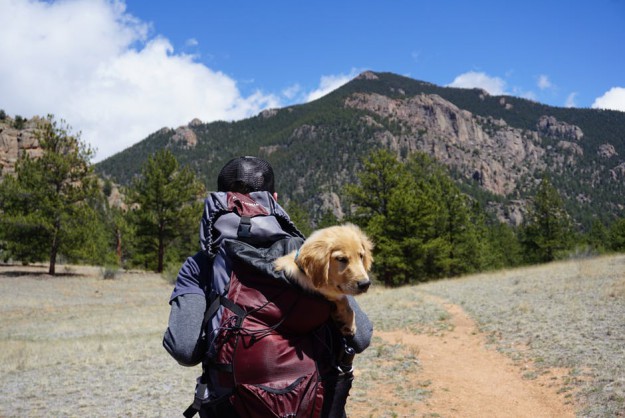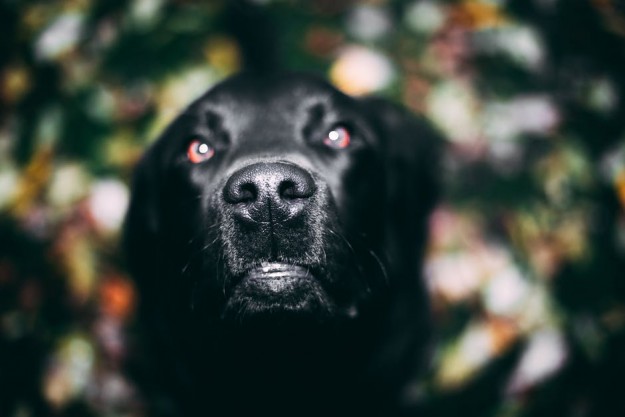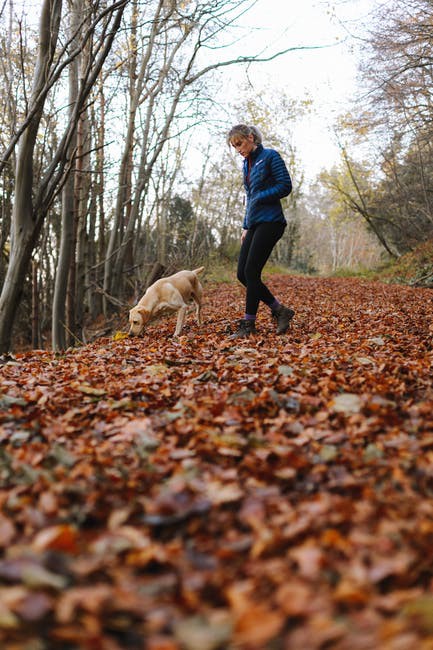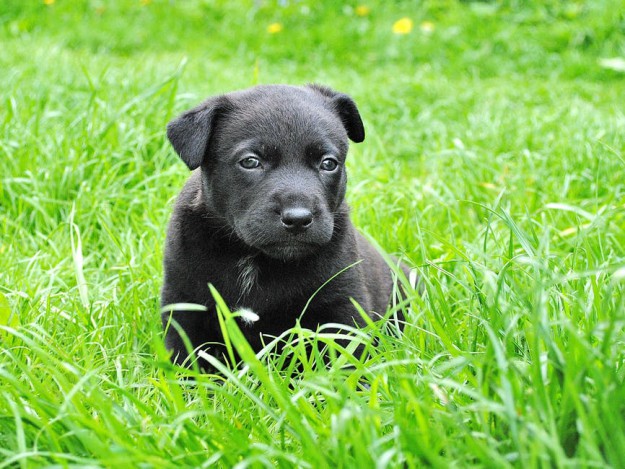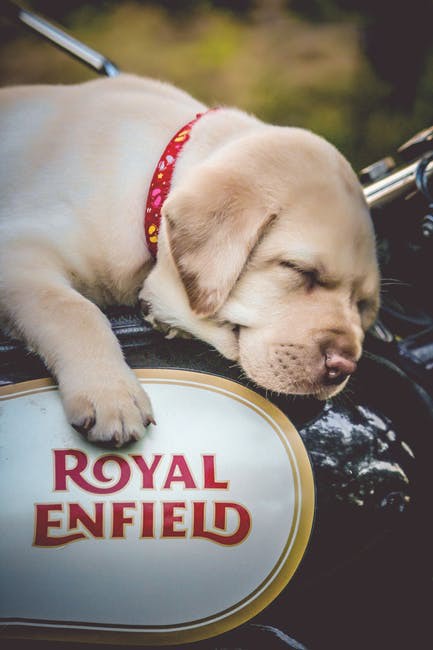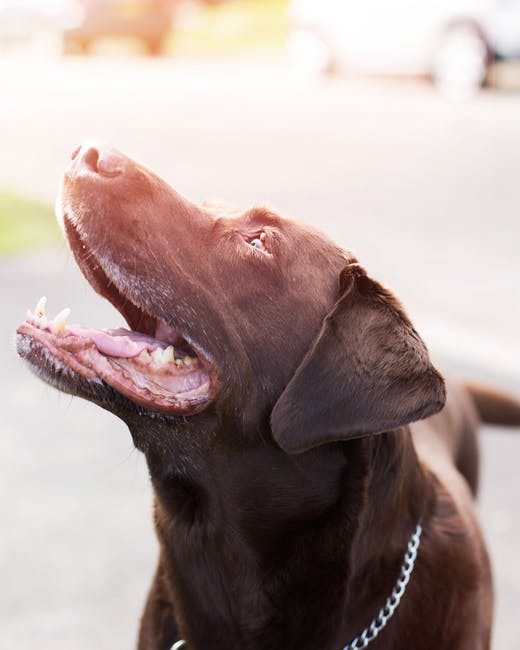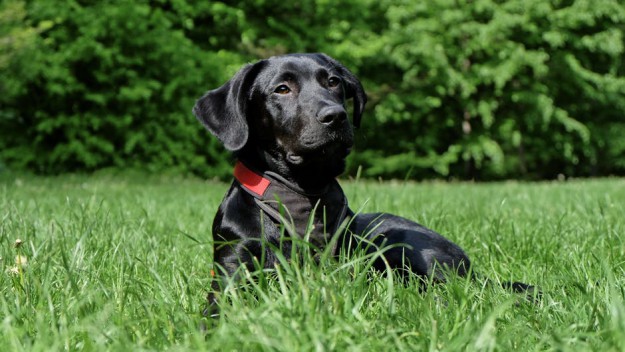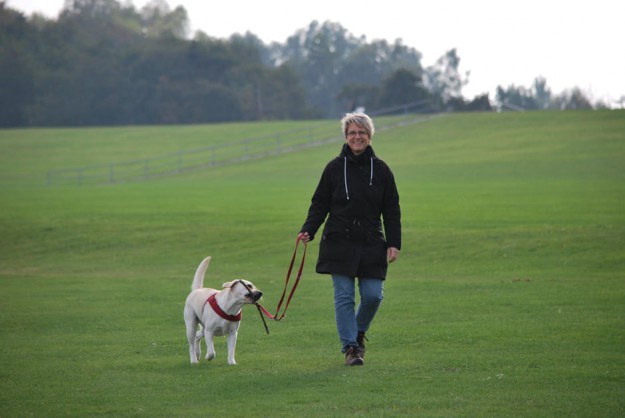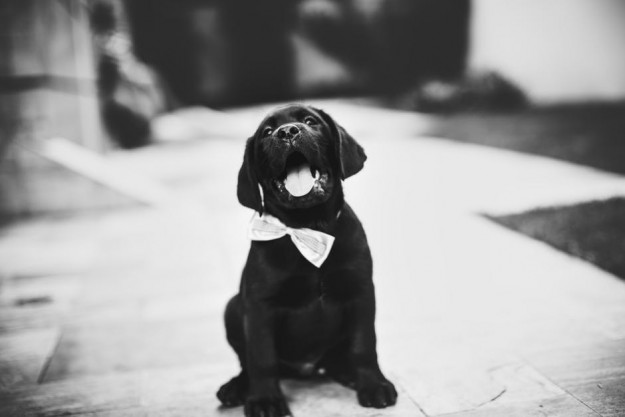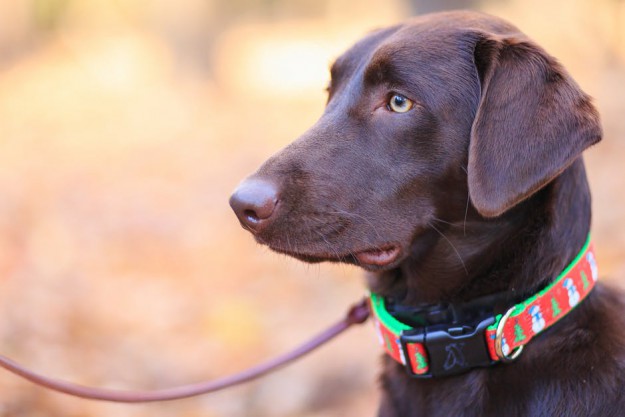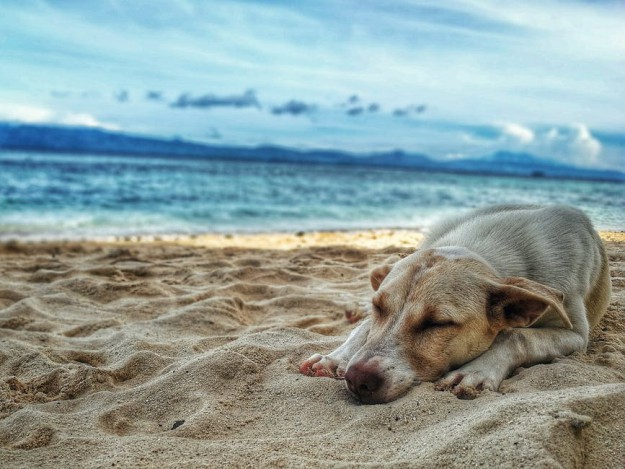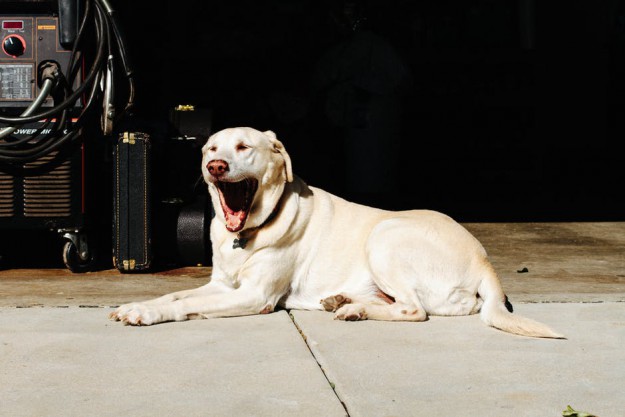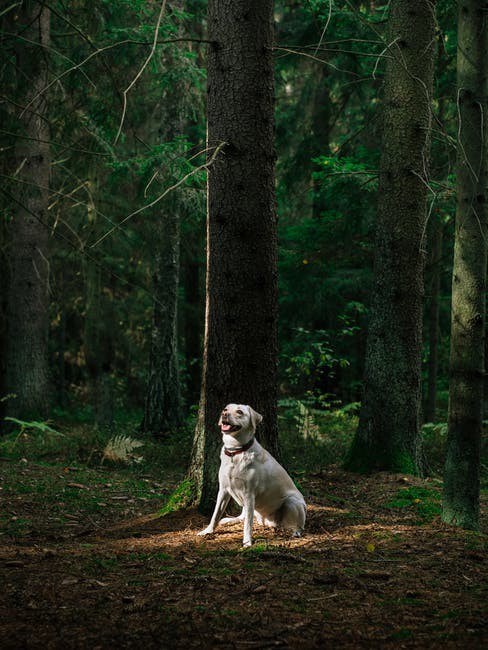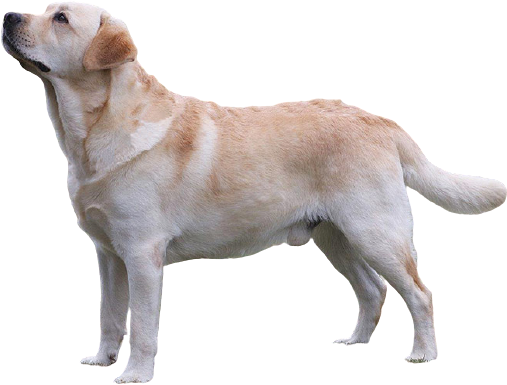
Labrador Retriever
USD $1000-$2000 Price Avg.
Gun Dog
Group
Purebred
Breed Type
Large
Size
10-12 years
Lifespan
Breed Information
| Group | Gun Dog |
|---|---|
| Popularity/Rank | 1 |
| Origin | England Canada |
| Other Names | Lab, Labrador |
| Breed Type | Purebred |
| Price (Avg.) |
USD $1000-$2000
How much does it cost to buy a Labrador Retriever? Labrador Retriever are usually priced differently from breeder to breeder and from place to place. As a rough guide, you can expect to pay between $1000 to $2000 if you purchase your dog from a reputable breeder. The price will increase if the dog has a fantastic pedigree. Dogs that already have basic training maybe even more expensive. But, most Labrador Retrievers can be adopted through a shelter for a lower fee. |
| Size | Large |
| Weight |
Male: 60-75 pounds (27-34kg),
Female: 55-70 pounds (25-32 kg) |
| Height |
Male: 22-24 inches (56-61cm),
Female: 21-23 inches (53-58 cm) |
| Lifespan | 10-12 years |
| Recognized by |
AKC, FCI
The American Kennel Club in 1917 as a Sporting breed. And FCI in the Retrievers - Flushing Dogs - Water Dogs group, in the Retrievers section. |
| Purpose | Water Retrieving |
| Date of Origin | 1800s |
| Ancestry | St. John's Water Dog |
Appearance & Maintenance
| Coat | Dense, Hard, Short, Waterproof |
|---|---|
| Coat Colors | Black, Chocolate, Yellow |
| Grooming Level | |
| Shedding Level | |
| Eye Color Possibilities | Amber, Brown, Hazel |
| Nose Color Possibilities | Black, Brown |
| Coat Color Possibilities | Black, Brown, Cream |
| Coat Length | Medium |
| Coat Density | Dense |
| Coat Texture | Straight |
| Recommended Brushes | Nail Clipper, Pin Brush, Slicker Brush |
| Brushing Frequency | Daily |
Breed Characteristics
| Temperament | Affectionate, Alert, Caring, Cheerful, Delicate, Energetic, Entertaining, Friendly, Gentle, Going, Intelligent, Loving, Loyal, Playful, Respondent, Responsive, Social, Sportive, Vigilant |
|---|---|
| Intelligent | |
| Trainability | |
| Playfulness | |
| Sensitivity Level | |
| Affection Level | |
| Social Interaction Required | |
| Barking | |
| Watchdog Ability | |
| Territorial | |
| Biting Force | Moderate |
| Mouthiness | |
| Impulse to Wander or Roam | |
| Prey Drive | |
| Adaptability | |
| Tolerates Being Left Alone | |
| Fighting Dog | Not really |
Good & Friendly with
| Apartment Life Friendly | |
|---|---|
| Stranger Friendly | |
| Kid-Friendly | |
| Cat Friendly | |
| Dog Friendly | |
| Office Friendly | No |
| Senior Citizens Friendly | |
| Pet Friendly | |
| Friendly with First Time Owners | No |
| Service Dog | Yes |
| Therapy Dog | Yes |
| Detection, Sniffer or Security Dog | Yes |
| Search and Rescue Dog (SAR) | Yes |
| Boat Dog | Yes |
| Cart Pulling or Drafting Dog | Not really |
Health Elements
| Health Issues | |
|---|---|
| Health Problems | Acute Moist Dermatitis, Bloat, Cataracts, Cold Tail, Ear Infections, Elbow Dysplasia, Epilepsy, Hip Dysplasia, Myopathy, Osteochondrosis Dissecans, Progressive retinal atrophy (PRA), Tricuspi |
| Hypoallergenic | No |
| Energy Level | |
| Exercise Required | |
| Sleeping Required | |
| Weight Gain Potential | |
| Weather & Climate | Tolerates warm and cold weather. |
| Stinkiness | High |
| Drooling tendency | |
| Activity Level | High |
| Rec. Walk Mileage Per Week | 15 miles |
| Minutes of Activity Per Day | 60 minutes |
Food & Costing
| Avg. Daily Food | Recommended daily amount: 2.5 to 3 cups of high-quality dry food a day, divided into two meals. |
|---|---|
| Cups Per Day | 2.5 cups |
| Daily Cost | $1.75 - $2.25 |
| Monthly Cost | $52.50 - $67.50 |
Reproducibility
| Gestation Duration | 60-64 days |
|---|---|
| How often can the Labrador Retriever have a litter? | Once a year. |
| Litter Size | 5-10 puppies (Once a year.) |
Description
The Labrador Retriever is one of the most popular breeds of dog in the world. They are known for their intelligence, loyalty, and friendly nature. The Labrador Retriever is a medium-sized breed with a strong, muscular body and a thick coat that comes in three colors: black, yellow, and chocolate. The average lifespan of a Labrador Retriever is 10 to 12 years.
The size of the Labrador Retriever varies depending on gender; males typically weigh between 65 and 80 pounds while females usually weigh between 55 and 70 pounds. The height of an adult Lab ranges from 21 to 24 inches at the shoulder.
The personality of the Labrador Retriever is one of its most endearing traits; they are intelligent, loyal, loving dogs that thrive on human companionship. Labs are also very active dogs that need plenty of exercise to stay healthy and happy.
Labrador Retrievers are very friendly with other dogs as well as people; they get along well with children and other animals too. They have an even temperament which makes them great family pets as they can be trusted around children without any fear or aggression issues arising.
The health of the Labrador Retriever is generally good but there are some conditions that can affect them such as hip dysplasia or eye problems like progressive retinal atrophy (PRA). Regular vet checkups will help keep your Lab healthy throughout their life span.
The adaptability level for this breed is high; they do well in both rural and urban environments provided they get enough exercise each day to keep them mentally stimulated and physically fit. Labs also make great therapy dogs due to their gentle nature and willingness to please their owners or handlers at all times.
Overall, the benefits of owning a Labrador Retriever far outweigh any potential drawbacks; these loyal companions make wonderful family pets who will love you unconditionally for many years to come!
History
The Labrador Retriever is a type of gun dog that originated in Newfoundland, Canada. The breed was originally used for retrieving fish that had been caught in nets and helping to pull in lines. They were also used as working dogs on boats and as hunting dogs. In the early 1800s, the Labrador Retriever was brought to England where they became popular with the nobility. The breed almost became extinct in the late 1800s due to a lack of interest, but was saved by a few dedicated breeders. The Labrador Retriever became popular again in the early 1900s and has been one of the most popular breeds of dogs in the United States since the 1950s.
The Labrador Retriever is a descendant of the St. John's Water Dog, which is a type of Newfoundland dog. The St. John's Water Dog was brought to England from Newfoundland in the early 1800s. The first recorded use of the word Labrador to describe this type of dog was in 1814. The name likely comes from the Portuguese word for laborer or worker.
The Labrador Retriever was recognized as a distinct breed by the English Kennel Club in 1903 and by the American Kennel Club in 1917. Today, Labs are one of the most popular breeds of dogs in both America and Britain.
Labrador Retriever Posts
Explore Labrador Retriever's photos, videos, activities, stories, and facts.






